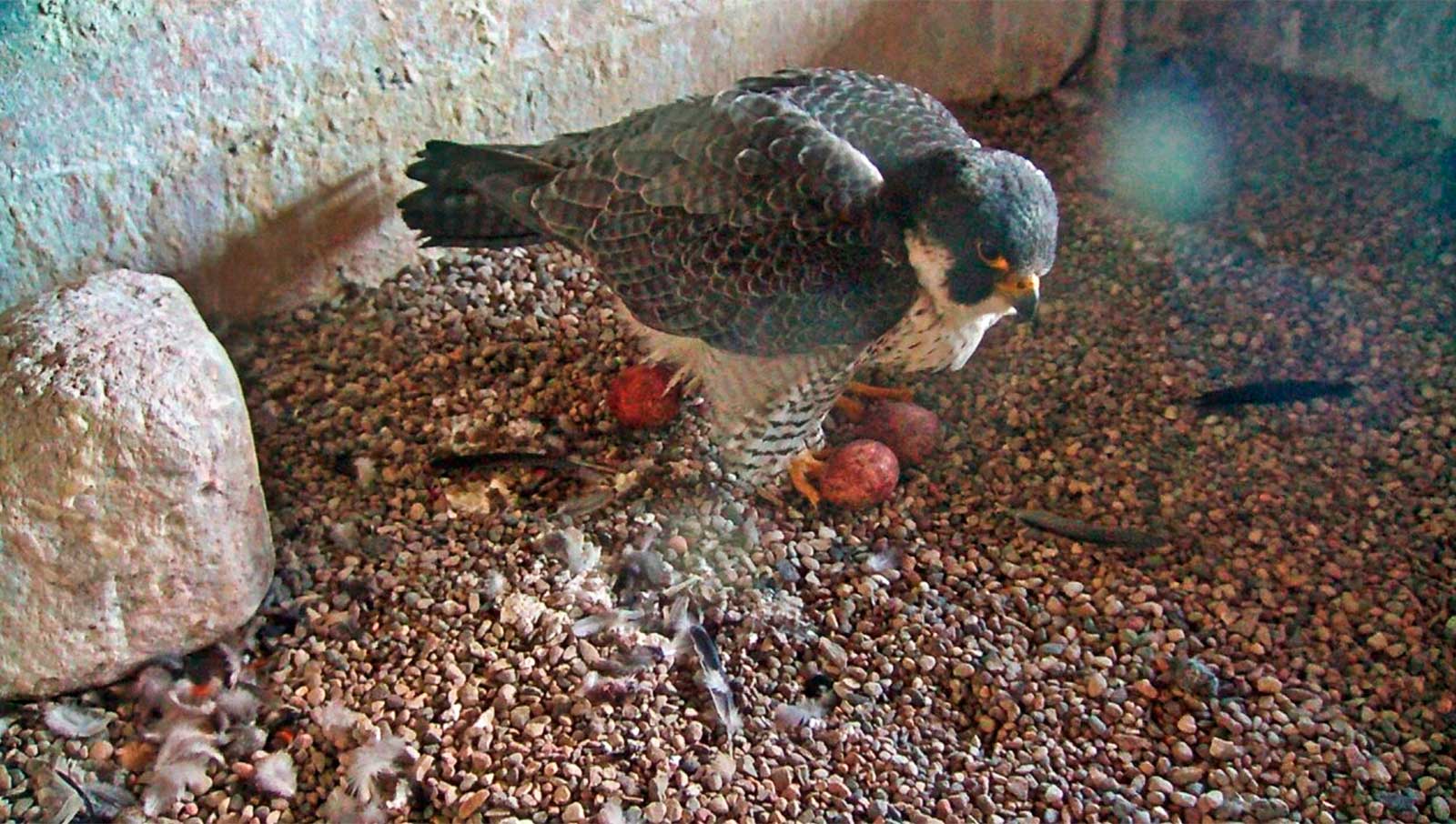This is a story of my brewing experience pairing cold extraction with maltose-negative yeast to make a Non-Alcoholic Pale Ale. First, we need to address the two big questions implied by the previous sentence:
- What is Cold Extraction? This is a mashing method that uses cold water to extract the soluble colors, flavors, and proteins of malt while omitting the solids that are bound up as starch. It is useful in NA brewing because it does not extract the bulk of the fermentable material that would result from the standard mash process. To learn more on cold extraction, visit Brewingwithbriess.com/blog/cold-extraction-of-malt-components-and-their-use-in-brewing-applications/
- What is Maltose-Negative Yeast? It is a yeast strain that does not ferment maltose or maltotriose but will ferment sucrose, fructose, and glucose. It is useful in NA and low-alcohol brewing because it can achieve a fraction of the fermentation of typical brewer’s yeast without the need for arresting fermentation.
Using a combination of maltose-negative yeast and cold extraction, it is possible to derive a large amount of malt character with low residual sweetness.
Traditional mashing results in a wort that is high in maltose. To limit this, many brewers will employ high-temperature mashing to reduce beta-amylase (maltose-producing enzyme) activity, but this still results in a significant amount of maltose, while simultaneously producing a high dextrin (long-chain sugars similar to maltodextrin) wort. Tasters may perceive this as cloying and/or excessively mouthcoating. Cold extracted wort results in far less maltose and dextrin, but has similar fermentability when using maltose-negative yeast. Many brewers will panic, here, thinking that without dextrins the beer will be thin and lack foam, but let the following image set your mind at ease. This beer has plenty of proteins that promote “good” mouthfeel (not mouthcoating) and great head retention.
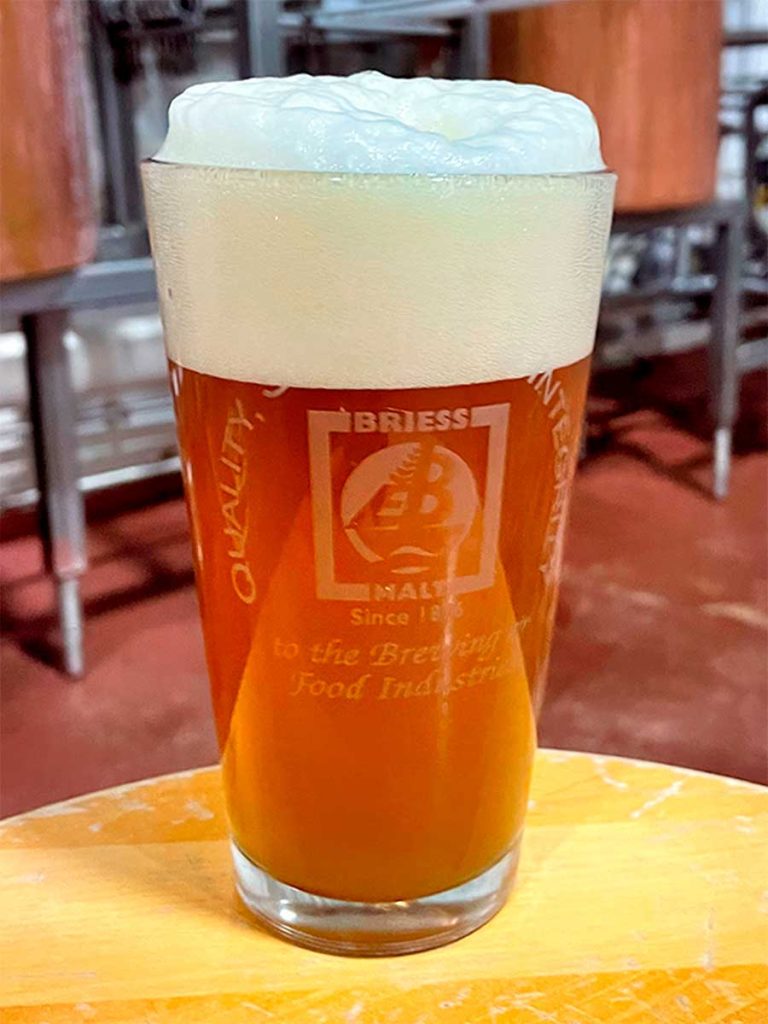
Ingredients 1bbl / 5gal
- Pale Ale Malt 23# / 4#
- Crystal Red Malt™ 1# / .2#
- Cascade Hops 3oz / .5oz
- Centennial Hops 3oz / .5oz
- Maltose-negative yeast, as suggested by the manufacturer
The process:
- Mill grains to a coarse crush trying to minimize flour.
- Mash (soak) grains in to cool (40-70°F) at a ratio of approximately 5# water for 1# grain.
- Mash (or vorlauf) for 60 minutes.
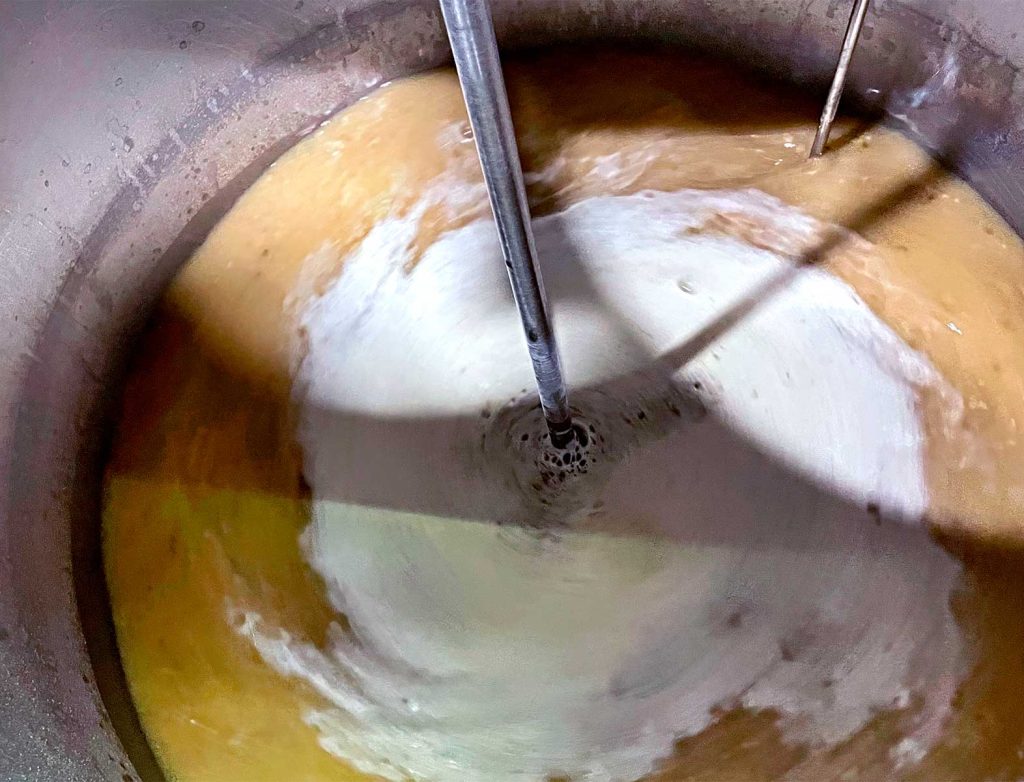
- Lauter. Sparge with additional cool water to achieve kettle full volume. It can be difficult to keep starch out of the kettle using this method. I like to perform an extended vorlauf in place of most, or all, of the mash time.
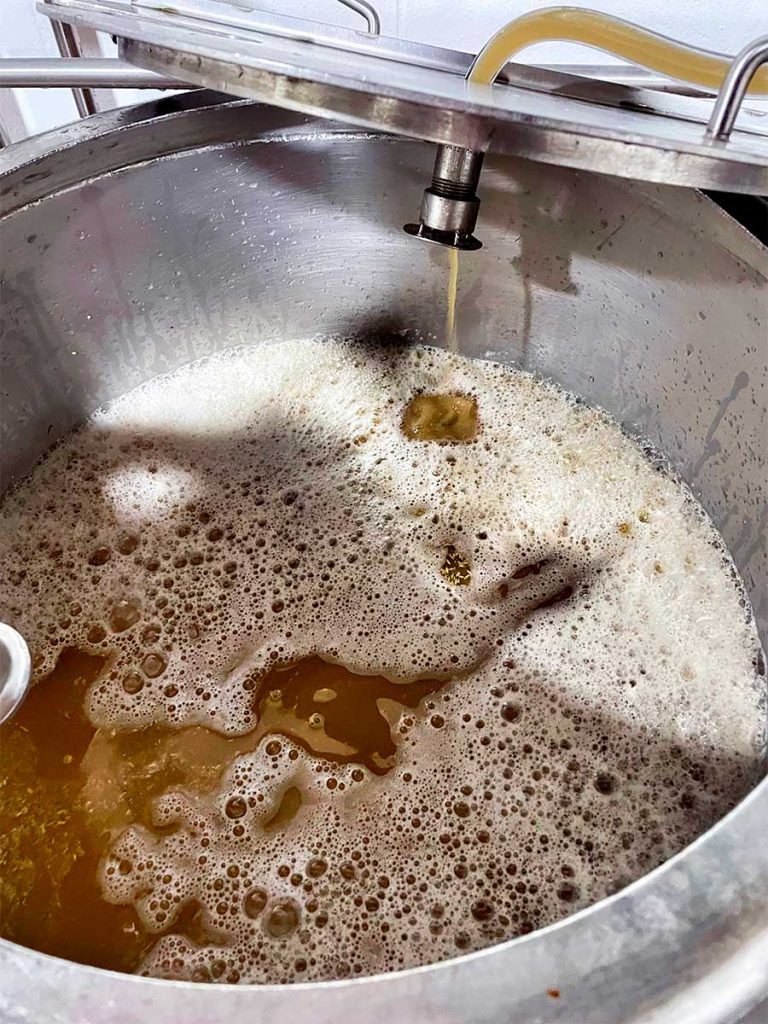
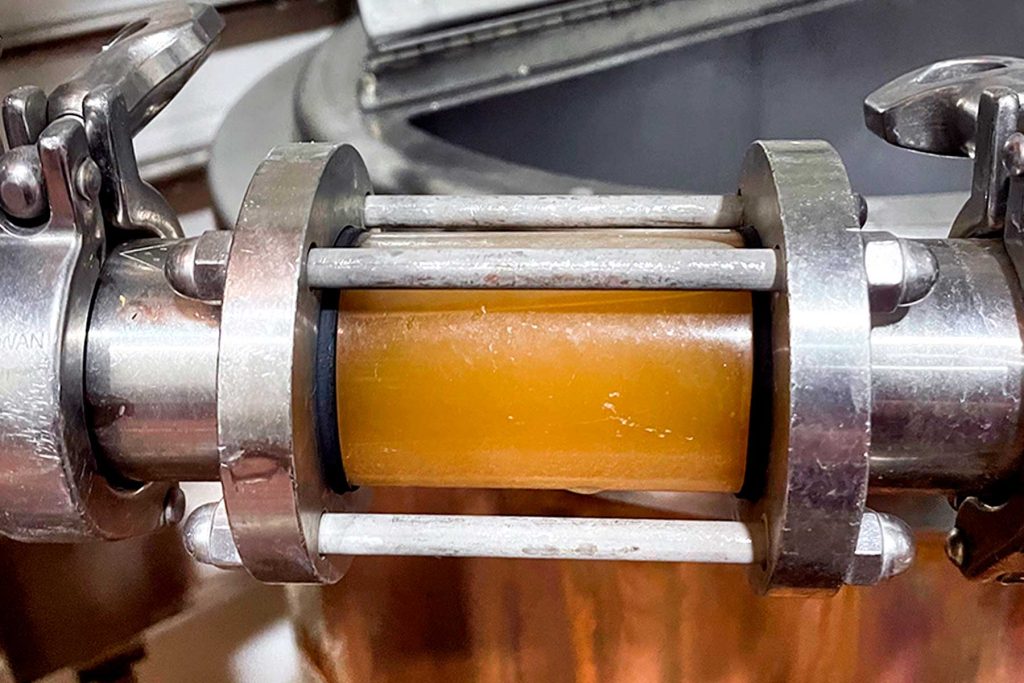
- Slowly heat to boil, holding for 5-10 minutes around 160°F to allow liquefaction of any starches that made it through the lauter.
- Boil vigorously for 10 minutes. A full 60-minute boil is not necessary for this malt bill. A shorter boil limits “cooked” flavor. If using Pilsner or Brewer’s malts, a longer boil may be beneficial to remove DMS (dimethyl sulfides).
- Turn the heat off. Add Cascade and Centennial hops for a 5-minute whirlpool stand before cooling while transferring to a fermenter. If your whirlpool transfer is longer than 15 minutes, add hops at the end of the whirlpool stand, to limit excess bitterness.
- Do not oxygenate the wort! Follow the temperature and pitch rate recommendations of the yeast manufacturer.
- After primary fermentation is complete, crash to <45°F for 1 week.
- Force carbonate and keep cold for the life of the beer. NA beer is susceptible to refermentation and spoilage from wild yeast and bacteria, because of the maltose content and lack of preservative effect from alcohol.
Stats:
- OG 1.0085
- FG 1.0050
- ABV 0.45% (estimated)
- SRM 12
- IBU 10 (estimated)
- Calories /12oz 30 (estimated)

